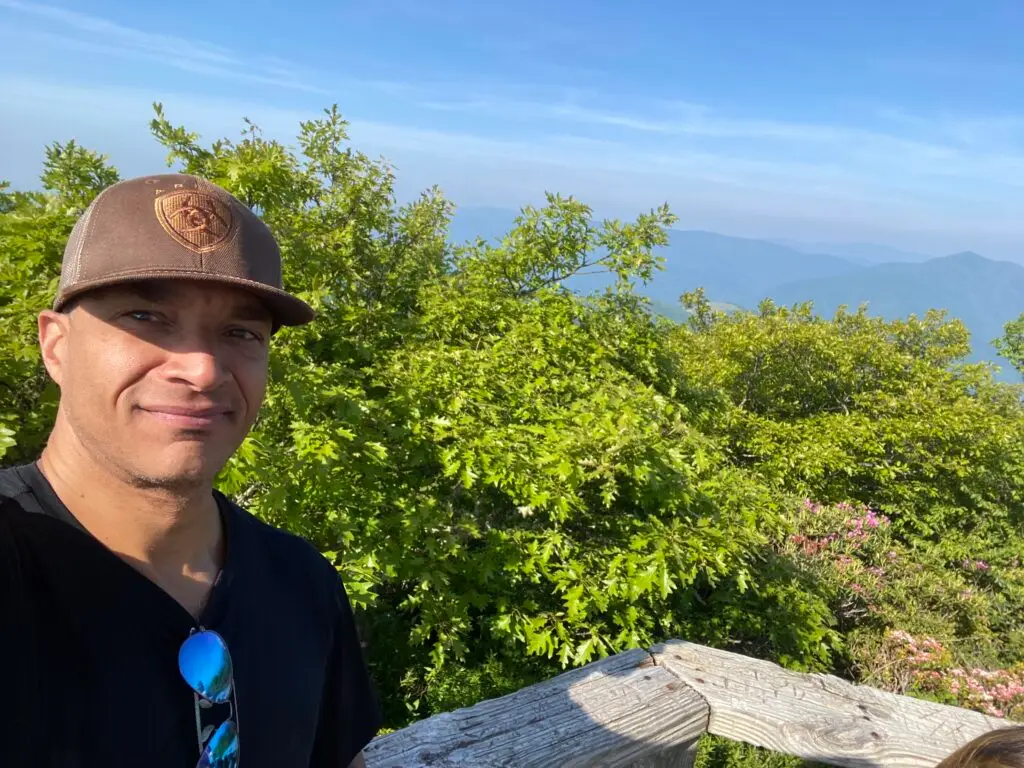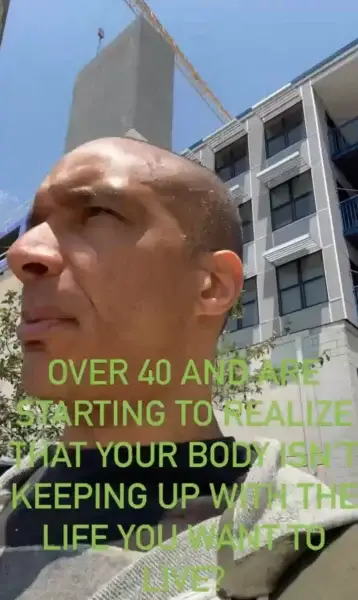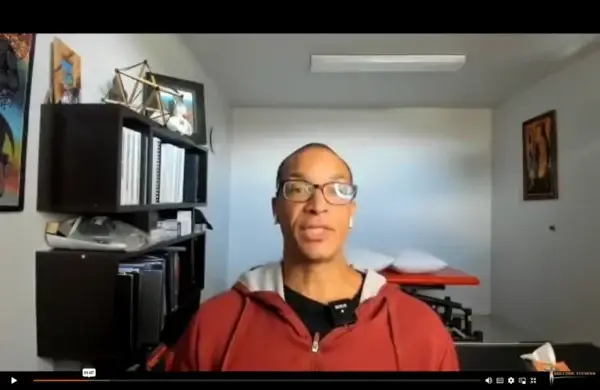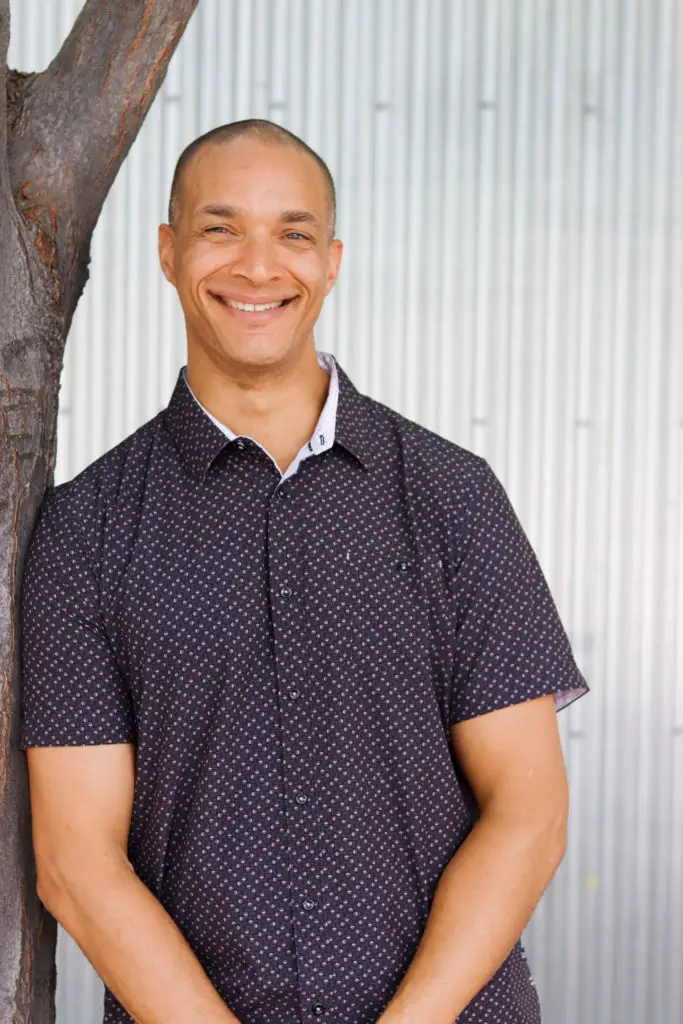
Emotional Pain Can Trigger Physical Pain
You might assume that your headache, back twinge, or tight shoulders are caused by bad posture, a tough workout, or sleeping the wrong way. And sometimes, you’d be right. But what if the pain you feel is rooted deep in the mind, in stress and emotion not just muscles and joints? The mind-body connection is real. Emotional pain can turn into physical suffering, and the science (and experience) behind it is deeper than most people realize.
The Invisible Bridge: How Thoughts Become Aches
Think back to the last time you were ill with the flu. It’s common to feel moody or down when your body is under siege—fatigue, sadness, foggy thinking. But the reverse is true as well: extended periods of stress, grief, anxiety, or unresolved emotional turmoil can manifest as real, tangible bodily pain. For decades, this phenomenon was called “psychogenic pain.” We’ve since moved beyond that term (it implies pain isn’t “real”), but the basic truth remains: the boundary between mind and body is thin.
Scientific studies now show that depression, chronic stress, and anxiety activate biological pathways. Your body produces stress hormones like cortisol and adrenaline, which—over time—can cause muscle tension, inflammation, headaches, digestive issues, and even increased pain perception.
Real-Life Examples: Stress to Stiffness
Take “Rosa,” a high-performing executive and mother, who came to SolCore after a year of relentless work and family pressure. She’d developed stubborn neck and shoulder pain that resisted every stretch, massage, and position change. Eventually, together, we traced it back to unprocessed grief over losing a parent and persistent work anxiety. The physical therapy helped, but addressing her emotional challenges—through breath work, meditation, and journaling—finally unlocked her shoulders.
Or “Jack,” an outdoors enthusiast who saw his back pain spike during a stressful divorce. MRIs showed nothing new; posture work helped, but the pain flared during phone calls, appointments, and anxious thoughts. Learning to process emotion with movement and mindfulness became his true medicine.
Head, Heart, Spine: Common Connections
The sympathetic nervous system (“fight or flight”) runs directly alongside your spine. When stress or sadness lingers, your body receives signals to tense, freeze, and guard. Over time, this leads to:
- Headaches/migraines
- Neck and back pain with no obvious injury
- Digestive irregularity (stress slows or speeds gut motility)
- Chronic fatigue or sleep disturbances
- Tension or burning pain with no clear orthopedic trigger
Addressing Both Sides of the Pain Coin
What can you do if you see yourself in these stories? The key is addressing both the body and the mind, together.
- Move Your Body—Gently but Regularly.
Daily movement (walks, stretching, yoga, holistic exercise) flushes stress hormones and creates positive feedback in the nervous system. - Allow, Process, and Express Emotions.
Suppressing anger, sadness, or grief doesn’t make pain go away; it re-routes it. Practices like journaling, mindful conversation, and even therapy create the space to acknowledge and release what’s there. - Address Pain Directly—But Mindfully.
Don’t ignore symptoms, but ask: “What emotions am I carrying?” as well as “What did I do physically yesterday?” Track patterns—are certain pains triggered by stressful days, conversations, deadlines, or holidays? - Seek Professional Support
Sometimes pain, whether emotional or physical, needs outside guidance. Our 90-day online program challenges and therapy services blend mind-body insights, movement, and education. We welcome therapists, counselors, and holistic practitioners into the conversation for full-spectrum healing.
Science Behind the Psychophysiological
Modern research supports that body and brain are intertwined. Aches and fatigue can result from chemical messengers (neurotransmitters and cytokines) flowing from an overwhelmed brain into muscles and organs. Over time, chronic emotional distress can even reshape the body’s pain “map,” making you more sensitive to both physical and emotional challenge.
Prevention and Correction: Tips and Tools
- Use daily check-ins: “What am I feeling? Where do I feel it?”
- Prioritize sleep, healthy nutrition, hydration your foundation.
- If you experience high stress, schedule extra time for gentle movement and restoration.
- Learn breathwork and body scanning tools that reconnect mind and muscle.
- Reach for emotional support before the crisis hits community, friends, or professionals.
- Understand that sometimes, the best medicine is both physical (stretching, manual therapy, movement) and emotional (processing, self-care rituals).
Hope for Healing
Many people feel shame or disbelief when told, “your pain might be emotional.” At SolCore, you’re treated with compassion, never judgment. Pain—whatever its root—is treated as valid and real.
You don’t have to “think your way out of pain,” but you do need to honor both your body and your feelings to truly heal.
Ready to work on both fronts? Our 90-day online program challenges are designed to guide you with holistic, integrated care mind and body, together.
It’s not just working out, it’s building a foundation for a better life.
Find out more @









